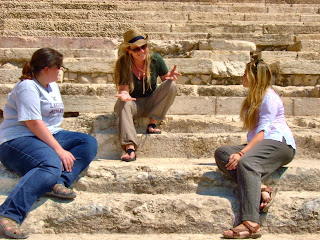 |
| Ernst Käsemann |
Reading Ernst Käsemann's powerful and moving article, "Guests of the Crucified;"
Word & World 33.1; (2013); 62-73, I was struck by these powerful words from the great German NT scholar regarding the significance of Jesus' suffering, and why as "Guests of the Crucified," our own must follow if we are truly to identify with him and his mission.
Even after Easter, our Lord deals with us by pointing us to the cross. He will never do otherwise. For even on the Last Day his enemies will recognize him by his wounds; these are what distinguish him from all gods and all secular rulers.We learn who Jesus truly is only from Golgotha. Here, like nowhere else, we learn what it means to be truly God and truly human. Christ must enter into death—more, into the hell of hatred, scorn, and ridicule—in order to help us. Who can affirm this without losing, at their very core, all illusions about themselves and this world? Whoever has stood beneath the stake of the Crucified knows that

salvation does not arise from our own reason and strength. At the same time, we become aware of a God who sheds his glory and dons the dress of a slave in order to become like those who have forsaken him, who rebel and entrench themselves against him, those idolatrously bent on power and pleasure. Golgotha is the place where the depths of forlornness meet the depths of self-denying compassion. That is why all of us, each in our own way, can find here both ourselves and our Lord. Those who here join in the hatred and ridicule will continue to place law and order and status quo above humanity. Those who look on indifferently will make their own self-interest the measure of all things. Those who here see the truth about themselves and who learn to cry with Jesus, “My God, my God,” will continue to keep Golgotha before their eyes, letting it determine their relation to those near and far, to the forces and powers, to the rules of society and the political necessities of our time. Golgotha was and remains a place of both blessing and curse, a place where, even among Christian churches, the spirits divide—even though not all have taken notice. For the true church and the false church, otherwise scarcely distinguishable, divide when it comes to saying yes to Jesus’ cross, to taking the Crucified Lord as their own. (66)



Comments